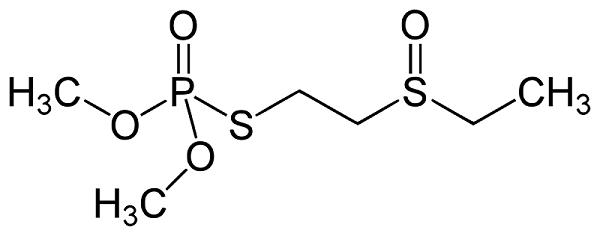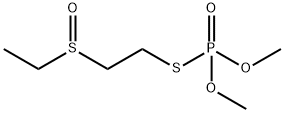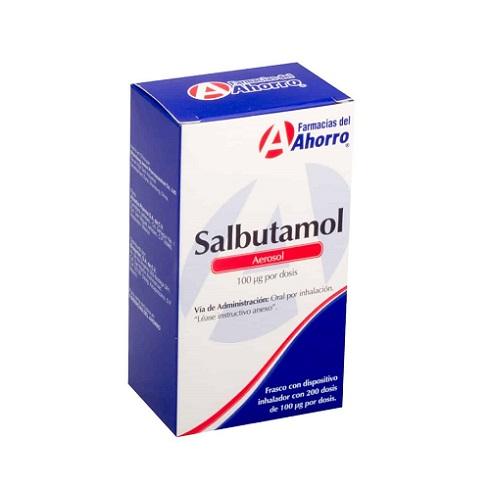Oxydemeton-methyl Pesticides
Oxydemeton-methyl is a metabolite of a previously marketed organophosphate pesticide, demeton-S-methyl. Oxydemeton-methyl is an organothiophosphate insecticide. It is primarily used to control aphids, mites, and thrips, and is being used as a reference standard for the determination of oxydemeton-methyl in aqueous samples by direct injection using liquid chromatography coupled with tandem mass spectrometry.

Uses
Oxydemeton-methyl is an organophosphorus pesticide primarily used for the control of pests in a wide variety of crops. Its mode of action involves the inhibition of cholinesterase enzyme activity. Oxydemeton-methyl is a systemic insecticide/acaricide used for cotton, vegetable, fruit, and field crops to control many insects including aphids, mites, and thrips.
Environmental Fate
Routes and Pathways Relevant Physico-chemicals Properties Waste streams from agrochemical manufacture and uses of insecticides on field crops can release oxydemeton-methyl to the environment. If released to the air, oxydemeton-methyl is expected to exist in both the vapor and particulate phases in the atmosphere based on a vapor pressure of 2.85×105 mm Hg at 20 °C. This vapor pressure indicates that oxydemetonmethyl is not expected to be volatile from the surface of dry soil. Furthermore, based on an estimated Henry’s law constant of 1.62 × 10-13 atm m3 mol-1 for oxydemetonmethyl, volatilization from water and moist soil surfaces is not likely.
Residues in food
Results from Brussels sprouts, cabbage, cauliflower, cotton, and lupin residue trials conducted in Australia allowed the establishment of oxydemeton-methyl MRLs for brassica vegetable crops, head cabbages, and flowerhead brassica, cotton seed, cotton seed oil (crude), and lupins (dry). Overseas cotton data also supported the proposed cottonseed and oil MRLs. Animal commodity MRLs for eggs, edible offal (mammalian), meat (mammalian), milks, edible poultry offal, and poultry meat were also established along with cotton and lupin forage MRLs. When Metasystox R Systemic Insecticide is used to control aphids according to the proposed use patterns the recommended MRLs are not expected to be exceeded.
The residue definition is the sum of oxydemeton-methyl and demeton-S-methyl sulphone, expressed as oxydemeton-methyl. This differs from the Codex Alimentarius oxydemeton-methyl residue definition of sum of oxydemeton-methyl, demeton-S-methyl and demeton-S-methylsulphone, expressed as oxydemeton-methyl. The Australian residue definition is based on Good Agricultural Practice in Australia and the present analytical technology, which measures the oxydemeton-methyl as its sulphone derivative. Residue data indicated that sulphone metabolite occurs in minor quantities.
Public health aspects
The acute oral and dermal toxicity of oxydemeton-methyl is high (oral LD50 48 mg/kg and dermal LD50 112 mg/kg in rats). Oxydemeton-methyl is a slight eye irritant in rabbits, and is not a skin sensitiser in guinea pigs. The product, Metasystox R Systemic Insecticide containing 25% of oxydemeton-methyl, has moderate acute oral and dermal toxicity. The product is a slight skin, and a moderate eye irritant in rabbits and is likely to cause skin sensitisation.
Oxydemeton-methyl is rapidly and extensively absorbed orally and rapidly excreted, primarily as the unchanged compound, in urine. Significant tissue accumulation does not occur.
Oxydemeton-methyl is an organophosphorus compound. Adverse clinical signs associated with exposure to chemicals of this class relate to the rapid decline in brain and blood cholinesterases (enzymes which break down the nerve signal transmitter acetyl choline and related compounds). The result is accumulation of acetylcholine within the nervous system which leads to excessive nerve stimulation manifested as salivation, muscle tremors and depression. Organ or tissue damage was not noted in repeat dose studies with oxydemeton-methyl.
Female fertility rates are reduced in rats when they are given high doses of oxydemeton-methyl. In most studies, no adverse effects are reported on male reproduction, suggesting that the chemical may be acting primarily on female reproductive performance at high doses. However in one study, male rats showed reduced sperm motility. A consistent finding in males was microscopic change in the cells of the epididymides (vacuolation) which was seen after repeated exposure. Male fertility was not affected, however.


